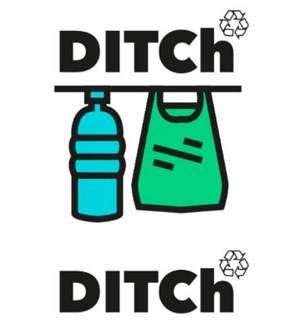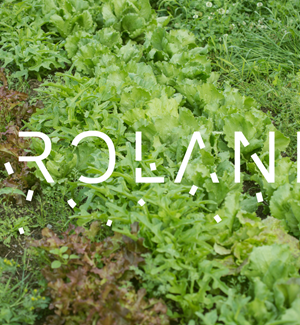- University of Reading - United Kingdom,
- University of Bristol - United Kingdom
THE PLASTIC PARADOX IN LMICs: Over the last 50 years, many governments and overseas aid agencies have actively encouraged the use of plastics within agriculture to promote greater resource use efficiency and food security. The adoption of plastic mulch films in particular, has transformed the livelihoods of millions of smallholder farmers across the world, however, this has been achieved at a large environmental cost. Difficulties in removing plastic from fields, a lack of appreciation for its impact on agroecosystem health, and socioeconomic/practical barriers to its effective disposal have left a plastic pollution legacy that will last for many generations to come. There is therefore an urgent need to critically evaluate the environmental and human health risks posed by these legacy plastics and to devise effective ways and social structures to prevent further accumulation and to try and remediate plastic contaminated fields. TACKLING THE ISSUE: To address the problem and help deliver tangible solutions, we have brought together a multidisciplinary team of natural and social scientists from 5 contrasting LMICs (China, Egypt, India, Sri Lanka and Vietnam). We chose these 5 countries as this is where the problem of agricultural plastic pollution is most acute and because they are at different stages of tackling the problem. Together, these countries use 3 million tonnes of agricultural plastic film each year covering 25 million hectares of agricultural land. They also span a wide range of climates and possess a range of governance structures which will enable our outcomes to be readily translated to other similar LMICs. Consequently, the overall aim of our research is to quantify the risk that conventional macro-, micro- and nano-plastics pose to the long-term health of agricultural ecosystems. This information will be used to critically evaluate the likely impact of conventional agricultural plastic use on food security and rural livelihoods. In addition, we aim to identify practical, economic, socially acceptable and politically viable solutions to help remediate land contaminated with plastic and prevent further pollution from occurring through lasting behaviour and policy change.
Want to analyze based on this project via our analysis tool? Analyze this project
Knowledge Gaps
Environmental effects and ecotoxicity
Environmental fate and behavior of plastic
Environmental exposure
Bioaccumulation, bioconcentration and persistence
Degradation
Publications





